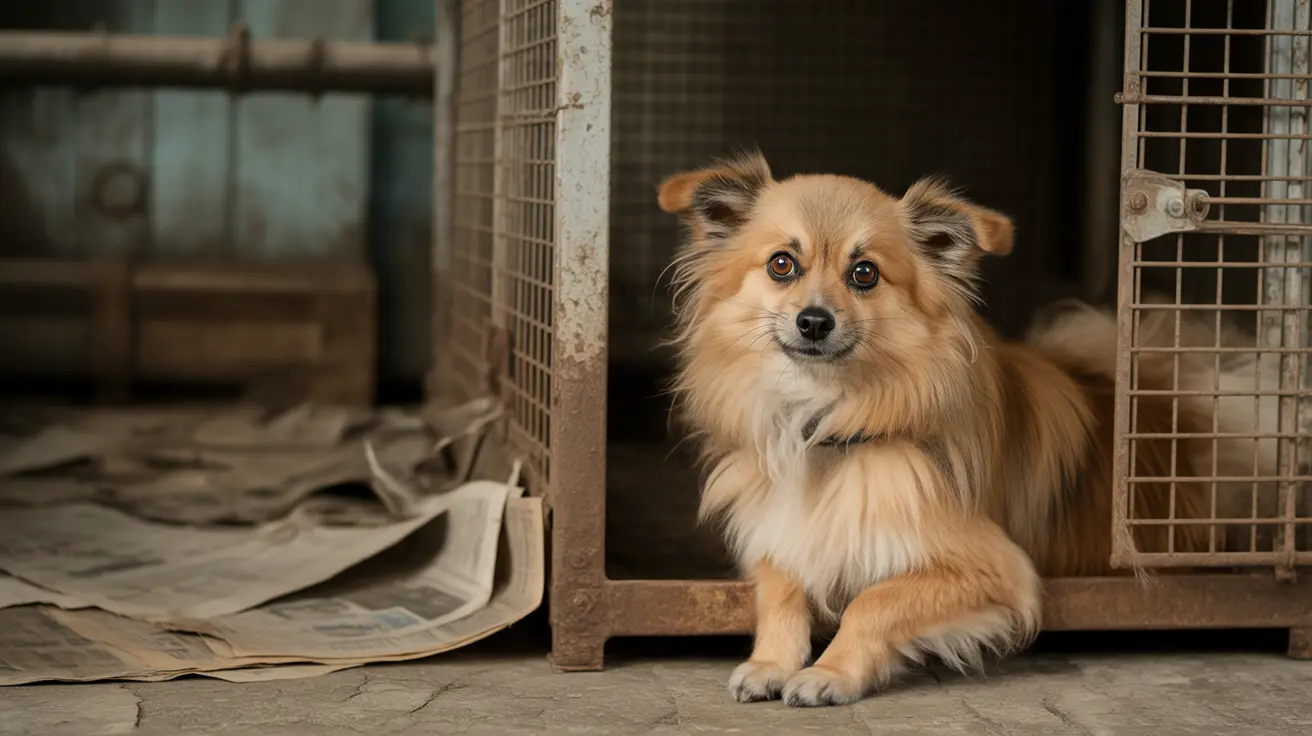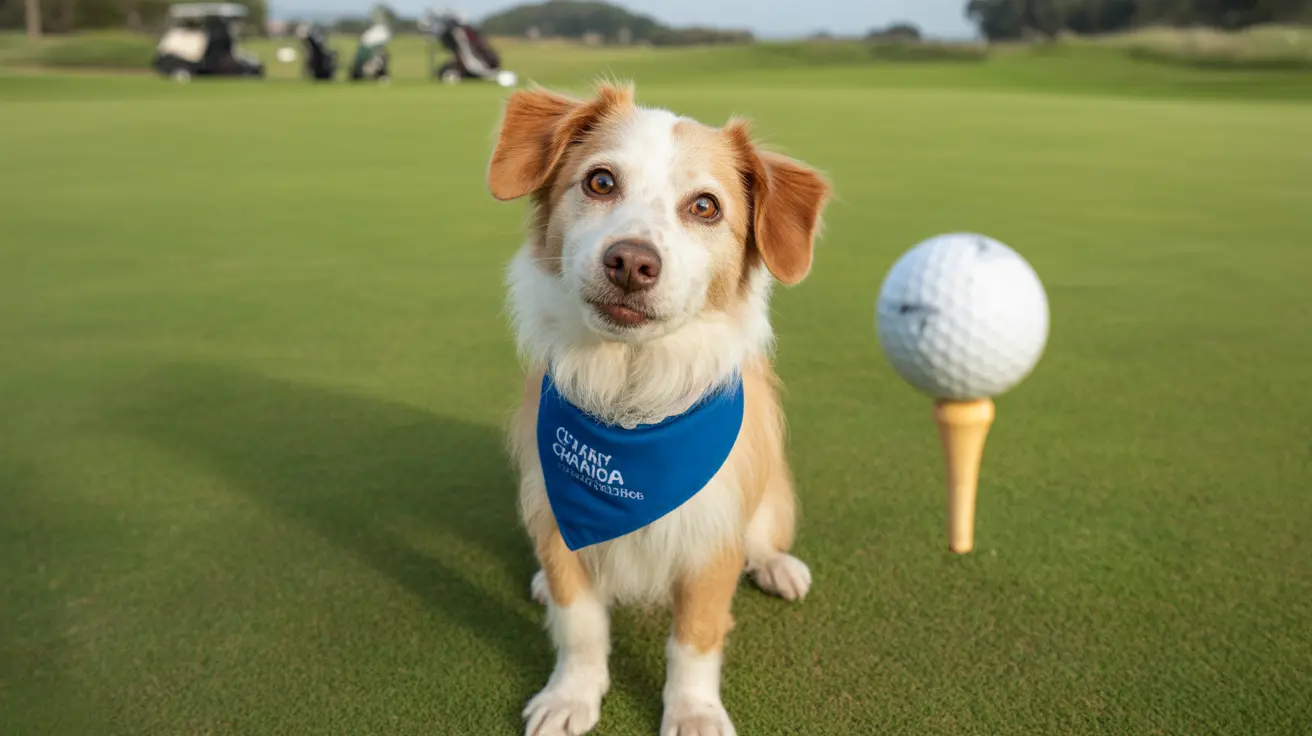Carbon monoxide poisoning poses a severe threat to dogs, often striking without warning due to this odorless, colorless gas. As pet owners, understanding the risks, recognizing symptoms, and knowing how to respond can mean the difference between life and death for our canine companions.
In this comprehensive guide, we'll explore everything you need to know about carbon monoxide poisoning in dogs, from identifying early warning signs to implementing crucial prevention strategies that could save your pet's life.
Understanding Carbon Monoxide's Effects on Dogs
When dogs inhale carbon monoxide, it rapidly binds to their hemoglobin—the oxygen-carrying component of blood cells—creating carboxyhemoglobin. This binding is significantly stronger than oxygen's normal attachment, effectively reducing the blood's ability to deliver vital oxygen to tissues throughout the body.
Dogs are particularly vulnerable to carbon monoxide poisoning because they typically spend more time indoors and closer to the ground, where this heavy gas tends to accumulate. Their smaller body mass also means they can be affected more quickly than humans.
Common Sources and Risk Factors
Carbon monoxide exposure typically occurs from common household sources, including:
- Malfunctioning heating systems and furnaces
- Running vehicles in attached garages
- Improperly vented water heaters
- Wood-burning stoves and fireplaces
- Portable generators
- Gas-powered space heaters
Recognizing the Warning Signs
Early detection is crucial for survival. Watch for these symptoms:
Initial Symptoms
- Sudden lethargy or weakness
- Confusion or disorientation
- Vomiting
- Difficulty breathing
- Unsteady gait
Advanced Warning Signs
- Bright red gums and tongue
- Collapse or seizures
- Unconsciousness
- Rapid breathing
- Depression or behavioral changes
Emergency Response and Treatment
If you suspect carbon monoxide poisoning, take immediate action:
- Remove your dog from the affected area immediately
- Get to fresh air
- Contact your veterinarian or emergency animal hospital
- Keep your pet warm and calm
Professional treatment typically includes:
- Immediate oxygen therapy
- Intravenous fluid support
- Monitoring of vital signs
- Treatment for potential neurological complications
Recovery and Long-term Effects
The recovery process varies depending on exposure severity and treatment timing. Some dogs recover fully within days, while others may experience lasting effects such as:
- Neurological problems
- Behavioral changes
- Exercise intolerance
- Memory issues
- Vision or hearing impairment
Prevention Strategies
Protecting your dog from carbon monoxide poisoning requires proactive measures:
- Install carbon monoxide detectors on every floor
- Schedule annual HVAC system inspections
- Never leave cars running in attached garages
- Ensure proper ventilation for all fuel-burning appliances
- Check chimneys and vents regularly for blockages
Frequently Asked Questions
How do I recognize carbon monoxide poisoning in my dog, and what are the early warning signs?
Early signs include lethargy, weakness, confusion, and vomiting. Dogs may appear "drunk" or uncoordinated. Any sudden behavioral changes, especially if multiple pets show symptoms simultaneously, warrant immediate investigation.
What are the most common sources of carbon monoxide that can harm my dog, and how can I prevent exposure?
Common sources include faulty heating systems, car exhaust, and improperly vented appliances. Prevention involves installing CO detectors, regular maintenance of fuel-burning appliances, and ensuring proper ventilation.
How can I treat my dog if I suspect carbon monoxide poisoning, and when should I seek veterinary care?
Immediately move your dog to fresh air and seek emergency veterinary care. Never delay treatment, as carbon monoxide poisoning can rapidly become fatal. Any suspicion of exposure warrants professional medical attention.
Why is oxygen therapy crucial for treating carbon monoxide poisoning in dogs, and what other treatments might be necessary?
Oxygen therapy helps displace carbon monoxide from hemoglobin, restoring normal oxygen delivery to tissues. Additional treatments may include IV fluids, monitoring for neurological complications, and supportive care for specific symptoms.
What are the long-term effects of carbon monoxide poisoning on dogs, and how can I ensure a full recovery?
Long-term effects may include neurological issues, behavioral changes, and exercise intolerance. Full recovery requires following veterinary guidance, monitoring for delayed symptoms, and maintaining a quiet, stress-free environment during recuperation.
Remember, prevention is always better than treatment. By understanding the risks and implementing proper safety measures, you can protect your beloved canine companion from this silent but deadly threat.






